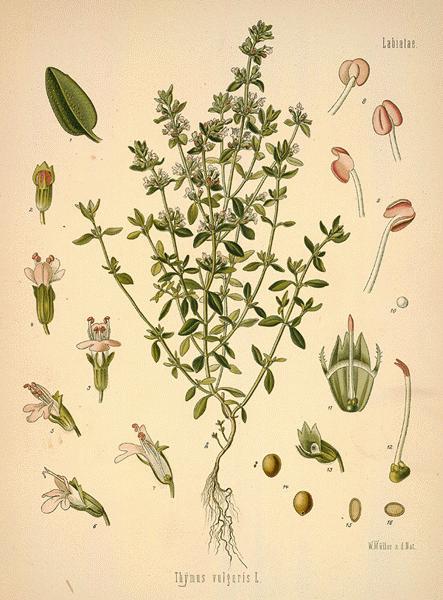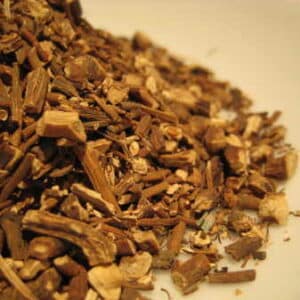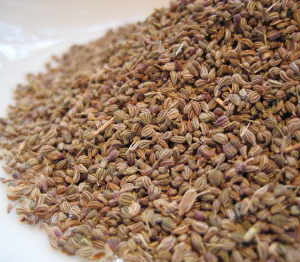French Summer Thyme Cut Leaf -Thymus vulgaris
£3.50
French Summer Thyme Leaf (CUT)
Thymus vulgaris
100 grams
Thyme is a genus of about 350 species of aromatic perennial herbaceous plants and sub-shrubs to 40 centimetres tall, in the family Lamiaceae and native to Europe, North Africa and Asia.
French Summer Thyme has a distinctive and slightly more delicate flavour profile than either German Winter Thyme or English Wild Thyme
Traditional Culinary Uses for French Summer Thyme :-
Thyme is widely cultivated as a herb, grown for its strong flavour, which is due to its content of thymol (Huxley 1992). It retains its flavour on drying better than many other herbs.
Thyme is often used to flavour meats, soups and stews. It is used in French cuisine, where it is an important element in a bouquet garni, as well as in Herbes de Provence. It is also widely used in Caribbean cuisine. In some Middle Eastern countries, the condiment za’atar contains thyme as a vital ingredient.
Thyme is added early in cooking so that its oils have time to be released.
History of Thyme:-
The Ancient Egyptians used thyme in embalming. The ancient Greeks used it in their baths and burnt it as incense in their temples, believing that thyme was a source of courage.
It was thought that the spread of thyme throughout Europe was thanks to the Romans, as they used it to purify their rooms.
In the European Middle Ages, the herb was placed beneath pillows to aid sleep and ward off nightmares. (Huxley 1992). In this period, women would also often give knights and warriors gifts that included thyme leaves as it was believed to bring courage to the bearer.
Thyme was also used as incense and placed on coffins during funerals as it was supposed to assure passage into the next life.
| Batch Code | JI558974BB |
|---|---|
| Country of Origin | FRANCE |





